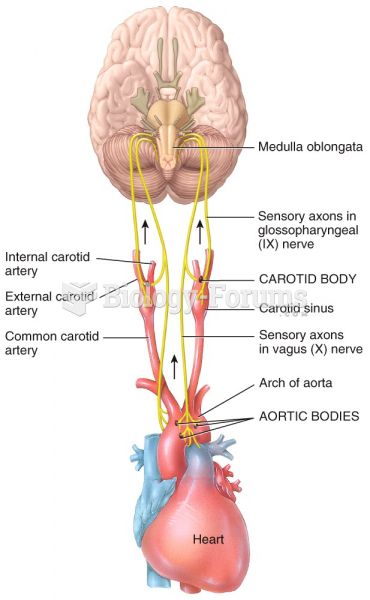Answer to Question 1
Law enforcement gang control takes three basic forms:
Youth services programs, in which traditional police personnel, usually from the youth unit, are given responsibility for gang control
Gang details, in which one or more police officers, usually from youth or detective units, are assigned exclusively to gang-control work
Gang units, established solely to deal with gang problems, to which one or more officers are assigned exclusively to gang-control work
Community control efforts
During the 1950s, the detached street worker program was developed in major centers of gang activity. Social workers went into the community to work with gangs on their own turf. They participated in gang activities and tried to get to know their members. The purpose was to act as advocates for the youths, to provide them with positive role models, and to treat individual problems (today these are gang outreach programs).
Today, there are numerous community-level programs designed to limit gang activity. Some employ recreation areas open in the evening hours that provide supervised activities. In some areas, citywide coordinating groups help orient gang-control efforts. Some police departments also sponsor prevention programs such as school-based lectures, policeschool liaisons, recreation programs, and street worker programs that offer counseling, assistance to parents, and other services. Still another approach has been to involve schools in gang-control programs (Gang Resistance Education And Training (G.R.E.A.T.)).
Answer to Question 2
B







